One of Africa's most famous hiking trails winds through the shores of the continent's deepest lake, valleys, and hills, straight to the home of hundreds of chimpanzees. Observations of the great apes remains a major attraction for the numerous visitors to the park, as it was in the 20th century. Where is Gombe Stream located? What animals can you see there? What else to do in Gombe Stream? What did Jane Goodall do in Gombe Stream? How to get to that national park and where to stay overnight? - You will find answers to all these questions and more in our article.
Where is Gombe Stream located?
Gombe Stream National Park is located in western Tanzania, 16 kilometers north of Kigoma - a city on the shores of Lake Tanganyika. The park stretches in a narrow strip of forested hills along the coast of the oldest lake in Africa, where a unique biosystem has developed. It is home to animals and birds not found in other parts of the world. The lake itself is populated with hundreds of fish species endemic to the area - meaning that they have evolved in this particular ecosystem and can be seen only here.
The uniqueness of the Gombe Stream wildlife can be explained by the fact that the park lies at the junction of three ecosystems: natural pastures, and the forests of West and East Africa, all of which are distinct in their plant life. The features of local geology contribute to this uniqueness as well. Long and rather high hills (the highest point is 1,606 meters) are cut by thirteen streams descending along the stony slopes to the sandy shores of Lake Tanganyika. The mosaic forest is interspersed with meadows of low shrubs, and the natural drainage system adds even more diversity to the local landscape. All this attracts many animals and birds who find shelter and enjoy nature's bountiful storehouses with enough food for both herbivores and predators.
Gombe Stream has a total area of 71 square kilometers (44 sq mi). Many sources call it the smallest national park in Tanzania. However, there is also Saanane Island National Park, located on an island in Lake Victoria. Its area is only 2.18 square kilometers (0.84 sq mi), which makes it the smallest national park not only in Tanzania but in all of East Africa.
Further south along the Tanganyika coast lies another unique and perhaps even more picturesque national park called Mahale Mountains, spread out on the green slopes of the eponymous mountain range. Both Mahale Mountains and Gombe Stream (sometimes the park is simply called Gombe) are considered the main homes of chimpanzees and are among the best places in the world to see those great apes.
What animals populate Gombe Stream National Park?
Chimpanzees, being the closest evolutionary relatives of humans, are of course of the greatest interest to us. But other primates also live in Gombe: red-tailed and blue monkeys, galagos, honey badgers, Anubis baboons, and the extremely adorable red colobus. Interestingly, different species of monkeys can mate, forming hybrid species. Dozens of species of reptiles and amphibians live here too, such as pythons, bush vipers, and geckos. Large predators like leopards are also present.
Occasionally bushpigs and even hippos show up here. When it comes to smaller animals, you will find some that are unique to Gombe Stream National Park. The same applies to many species of birds, and especially fish that swim in the waters of Lake Tanganyika, which over millions of years was formed as a body of water isolated from other water systems in Africa.
In all, scientists have counted more than 200 species of birds in Gombe Stream National Park, about 250 species of colorful cichlids (the fish that aquarists love so much), and up to 500 species of butterflies. Many species are poorly studied, so observations continue and descriptions are being added. But by far the most well-studied species inhabiting Gombe are primates such as the chimpanzee.
Studying chimpanzees in Gombe Stream
Observations of chimpanzees in this national park are considered the longest-running study of animal life in the wild. They began in the 1960s, and now the Gombe Research Center continues this important work.
In July 1960, the famous anthropologist Louis Leakey sent his secretary here, a 26-year-old woman named Jane Goodall. She had no degree or university education, but only a passionate childhood dream to go to Africa and live for some time among wild animals. Her directness and open-mindedness as a scientific observer eventually led to a revolution in primatology, and Ms. Goodall herself became a star in the world of naturalism. She is now the world's best-known and best-loved scholar lecturing about apes. She is also known for fighting for the ethical treatment of animals and for the preservation of endangered species and fragile ecosystems.
From the beginning, Jane Goodall was respectful of both the place she settled in and the animals she observed. She was able to look at herself through the eyes of chimpanzees, calling herself "a strange white ape who suddenly appeared in their territory." Over time, as the animals became accustomed to her, and as she herself began to encounter them more often and distinguish them better, the researcher gave names to the members of the group she discovered. Descriptions of their temperaments also appeared in her daily notes, and that was something that had never happened before in the scientific world.
Ms. Goodall claimed that when she looked into the eyes of a chimpanzee, she felt she was dealing with an individual endowed with intelligence. She later told the scientific community of her incredible discoveries: chimpanzees are capable of making and using tools. And they are not vegetarians as was previously thought. These and other observations gave the amateur naturalist the foundation for her education at Cambridge and subsequently her doctoral thesis.
Jane Goodall spent the following 15 years in Gombe, staying there full-time and working daily on diary entries and books. It was her painstaking work that brought the world's attention to the chimpanzees and the forests on the banks of the Tanganyika, where the fragile habitat of these great apes was still preserved. In 1968, the decision was made to establish Gombe Stream National Park on this site. Ten years later, the park began welcoming visitors who wanted to see chimpanzees in the wild.
Following in Jane Goodall's footsteps
For almost half a century the main attraction for visitors to Gombe Stream National Park has been finding and observing chimpanzees that live here in isolated groups. This activity became popular after numerous documentaries about the work of the prominent female primatologist and the research center she founded. Some of the most famous National Geographic and BBC wildlife films have been made here. Today, thousands of travelers come to visit Gombe Stream, and many of them were inspired by watching those documentaries about the life and work of a fearless young woman who managed to gain the trust of animals and study them closer than anyone before.
You might enjoy watching the wonderful 2017 biographical film “Jane”, based on unique footage that was long thought to be lost. Much of it was filmed by one of the greatest wildlife photographers and filmmakers ever, Hugo van Lawick, Jane Goodall's first husband. The film is both fascinating and emotional.
Jane and her husband also worked in the Serengeti, observing and photographing many other animals besides monkeys. Fragments of the film with archival footage from the Serengeti Park, where the savannah is literally teeming with different animals, are truly impressive. You can see zebras, antelope, elephants, giraffes, and lions roaming the endless African valleys and savannahs. The breathtaking sunsets over the Serengeti with the silhouettes of elephants walking toward the orange-burgundy circle of light are so moving that you know you will never forget these scenes.
Reflections of the golden sun on the graceful spotted back of the mother giraffe, calmly towering over the valley while the baby giraffe reaches for her breast, make you marvel at the inventive beauty of nature, which so skillfully created these magnificent creatures, these generous lands, this warm sun, and us, who can observe and appreciate such wonders. Is it really possible? Is it really possible for us to see it? It's at moments like this that a dream of a safari trip to the heart of Africa is born.
But let's return to the nearby Gombe Stream and walk in the footsteps of the legendary explorer. How do you find chimpanzees in the mountain forests?
With this, travelers are helped by the local guides - the park's staff. They guide tourists along familiar paths, quickly and skillfully find traces of chimpanzees' recent presence, and finally, show visitors small groups of monkeys leisurely going about their business. Accustomed to curious people, the chimpanzees allow them to visit their territory and even take photos.
What else can you do in Gombe Stream?
In addition to the classic activity of tracking and observing animals who resemble our ancient ancestors, there are other awesome activities you can enjoy in this national park.
Hiking
Gombe Mountains is one of those places in Tanzania's system of protected areas where you can walk on foot and enjoy the fantastic views all around. Fascinating landscapes with mountain meadows, woodlands, rushing streams, and bushy valleys will require stamina and good physical fitness. In return, hikers will enjoy spectacular views of the rolling hills and turquoise waters of the Tanganyika, which lie at the foot of the local mountains.
Searching for waterfalls
One feature of the park's topography is that local streams, or small rivers, cut through the hills and flow down toward the lake. Because of the difference in elevation, waterfalls are not rare here. If you make it your goal, you can find the picturesque Kakombe and Mkenke waterfalls. During the rainy season, they are at their fullest, so they attract not only animals but also tourists.
Bird and Butterfly Watching
Birds and butterflies in the park amaze even seasoned naturalists with their beauty and diversity. Many native species have evolved right here, which means you’ll have a chance to see many wonderful creatures that are endemic to this area and can be found nowhere else in the world.
One of the most interesting representatives of local birds is the palm-nut vulture. This raptor is known for its dietary preferences that are atypical for birds of prey. Its diet consists mostly of palm tree fruits which grow in abundance on the coast of Tanganyika.
Kayaking
The beautiful Lake Tanganyika offers numerous interesting activities you can participate in. A fairly popular activity for Gombe Stream National Park is paddling in narrow boats or kayaks along the lake shores. Trips on the water provide an energizing and powerful experience, amplified by the magnificent scenery in all directions that you can enjoy from your kayak.
Diving
You can also dive into the clear waters of Lake Tanganyika and explore the local underwater wildlife. The incredible diversity of fish and other creatures creates colorful underwater worlds that attract many diving enthusiasts. Tanganyika is not called a big natural aquarium for nothing - the lake is home to at least 250 species of cichlids. Because the Africa's oldest body of water was formed as a closed system, a large number of unique species have formed here. Many of the world's most popular aquarium fish are caught in this very lake. And those who find themselves on the lake can observe with their own eyes these beautiful creatures in their natural environment. Diving is organized by the diving center of Kigoma city, which is where all trips to Gombe Stream begin.
Sport Fishing
Enthusiasts who enjoy catching fish in order to release the catch back into the lake are also given this opportunity. Generally speaking, Tanganyika is of great importance to the locals since fish forms an important part of their diet. As the lake is home to rare and interesting species, fishermen from all over the world come here to compete or catch big local predators that look impressive in the pictures. Travelers are provided with everything they need to spend their time sport fishing. The crew of the boats equipped for this purpose will bring you to the best spots.
Visiting Mwamgongo Village
Near Gombe Stream, there is a village that has become a popular tourist attraction. The locals welcome guests and demonstrate features of folk culture: traditional clothing, dancing, and handicrafts. As a souvenir, you can buy an accessory like a woven hat or an original household item, such as a basket or a mat woven from hand-made materials.
Jane Goodall's House
A separate attraction is a house where chimpanzee observer and researcher Jane Goodall lived with her husband and their young son. The cage attached to the hut usually attracts the most attention. Documentaries often showed the couple's child playing in this large wire-frame structure. It had been arranged for safety so that little Grub could not be harmed by the local animals. Later, park staff or visitors stayed in this cage too. Today, Jane Goodall's home is a kind of pilgrimage site for fans of this legendary animal lover and the best friend of chimpanzees.
Where can the travelers rest?
There are several places within the national park where you can stay for several days. All of them require reservations in advance. These include simple guest lodges, as well as budget campsites run by the park directorate, and the well-equipped Mbali Mbali Gombe Lodge mini-hotel with a private beach for the guests. In general, accommodation in Gombe Stream is considered lighter on the wallet compared to the hotels of Mahale Mountains National Park, located to the south on the shores of Tanganyika. People come to Gombe to visit the famous park, enjoy the stunning local nature, watch the chimpanzees and take a peek at the cabin of Jane Goodall. Or if you fancy a more intimate tropical vacation with luxury accommodation facilities, why not consider the Mahale Mountains, with its exotic eco-hotels?
How to get to Gombe?
You can get to Gombe Stream only by boat. They depart from the town of Kigoma. There are so-called lake taxis, which travel leisurely. Alternatively, you can ride in one of the small high-speed boats. Depending on the type of transport you choose, the travel time will take from one hour (or even less) to four hours. In any case, a boat trip on Lake Tanganyika is definitely a spectacular activity and practically a separate excursion in itself.
You can get to Kigoma by plane from Arusha or Dar es Salaam. Both regular and charter flights are available, which can be arranged individually, and supplemented with a travel plan that suits your particular interests. Some independent travelers come to Kigoma by train or bus, but this is more of an exotic trip for intrepid tourists who are not afraid to get lost in non-tourist Tanzania.
What’s the best time of the year to visit Gombe Stream?
While the most popular national parks in northern Tanzania divide the year into two dry seasons and two rainy seasons, the climate of Gombe Stream is characterized by one dry season and one long wet season.
The dry season here lasts from May to October. This is considered the best time to visit the park, walk through the wilderness, and watch the apes. During the dry season, chimpanzees come closer to the shore, which means it takes less time to find them. In addition, the trails are much more convenient at this time of year, because the local landscape is characterized by mountains and valleys.
However, during the rainy season, which lasts from November to April, nature here is especially beautiful. Streams fill up with water and waterfalls are full and awe-inspiring. The tropical lushness of plant life allows you to appreciate the incredible diversity of African flora. A trip to Gombe Stream during heavy rains can become a truly memorable adventure.
Whenever you visit Gombe - one of Tanzania's most famous national parks, walking through it will leave a deep impression on you. The variety of landscape types, the beauty and abundance of the unique ecosystems, groups of large and small animals that inhabit the park, the fascinating journey through the waters of Africa's deepest lake, and the adventurous spirit of exploration created by stories of chimpanzee sightings all create a unique Gombe Stream Park experience that no other place can offer.
Before your trip, ask our managers about the details of the tour so that we can make a plan for you that includes the best things you can experience on a visit to one of the most famous conservation areas in Africa - Gombe Stream National Park.











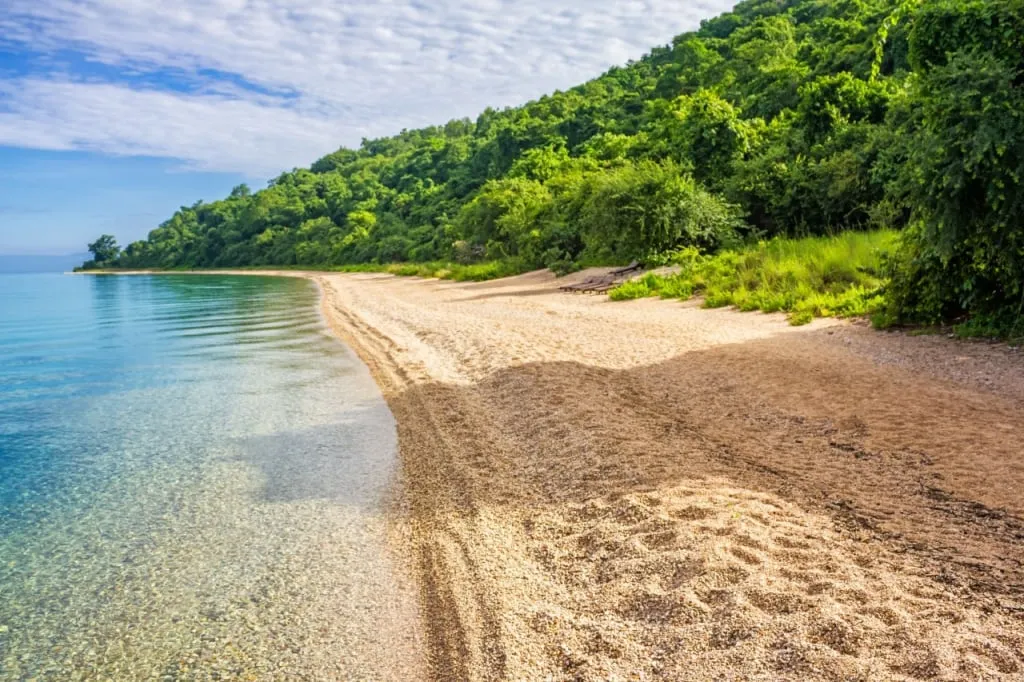
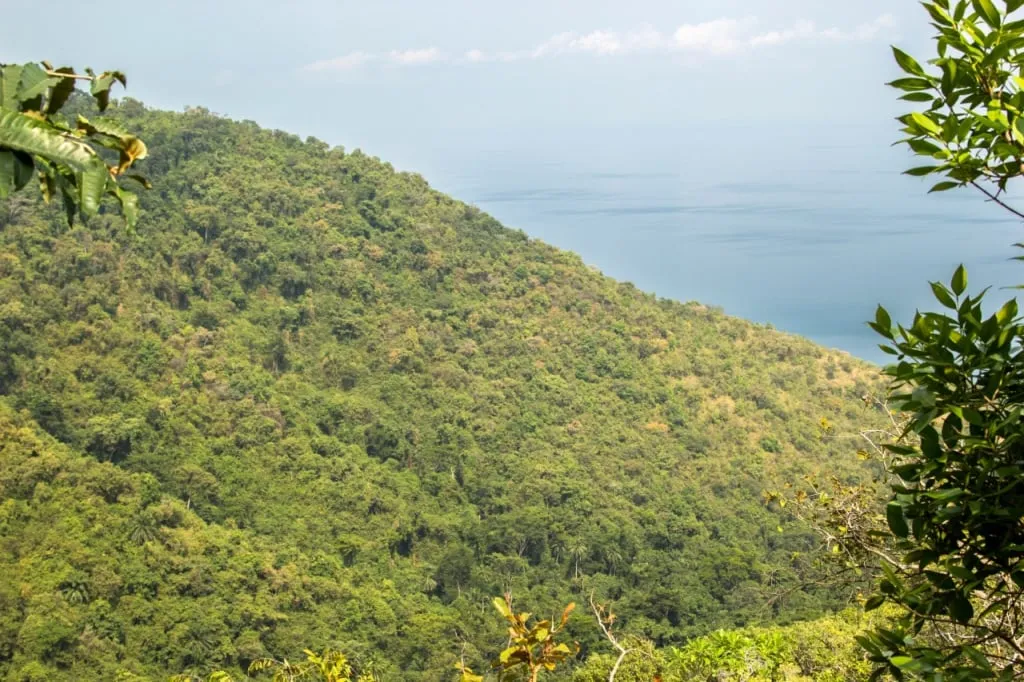
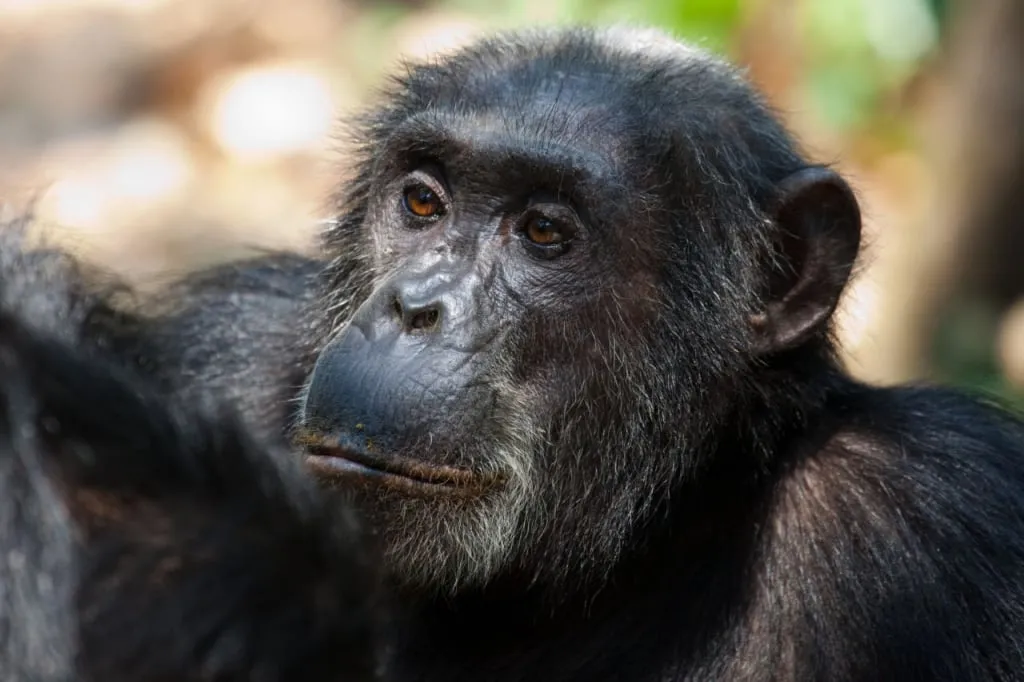
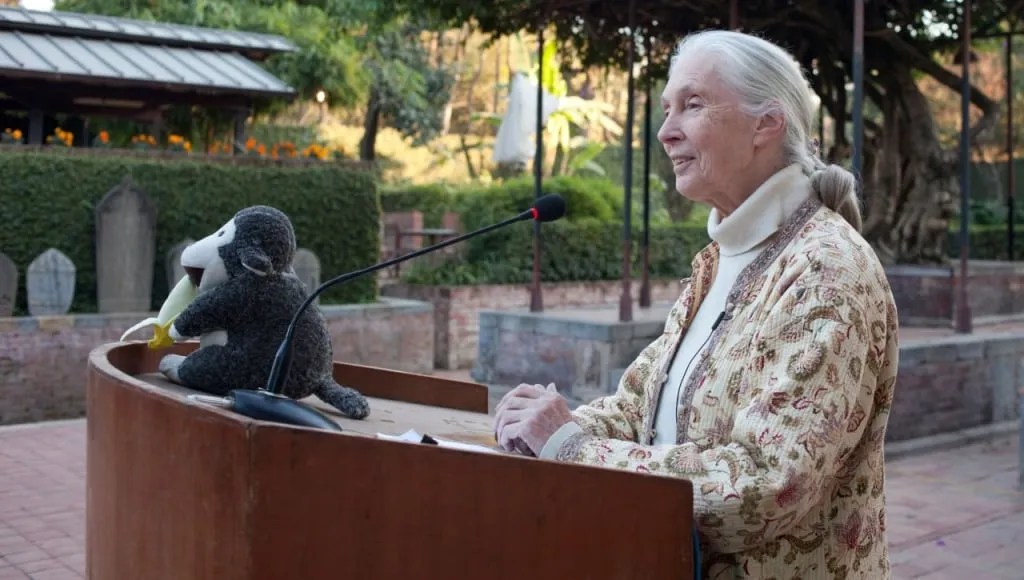
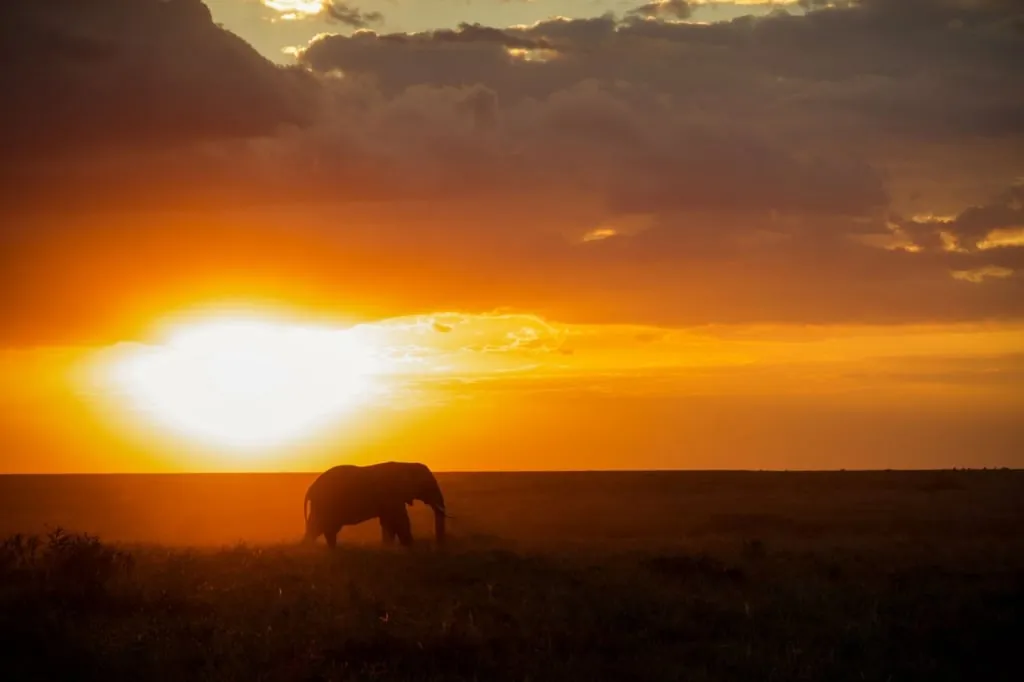
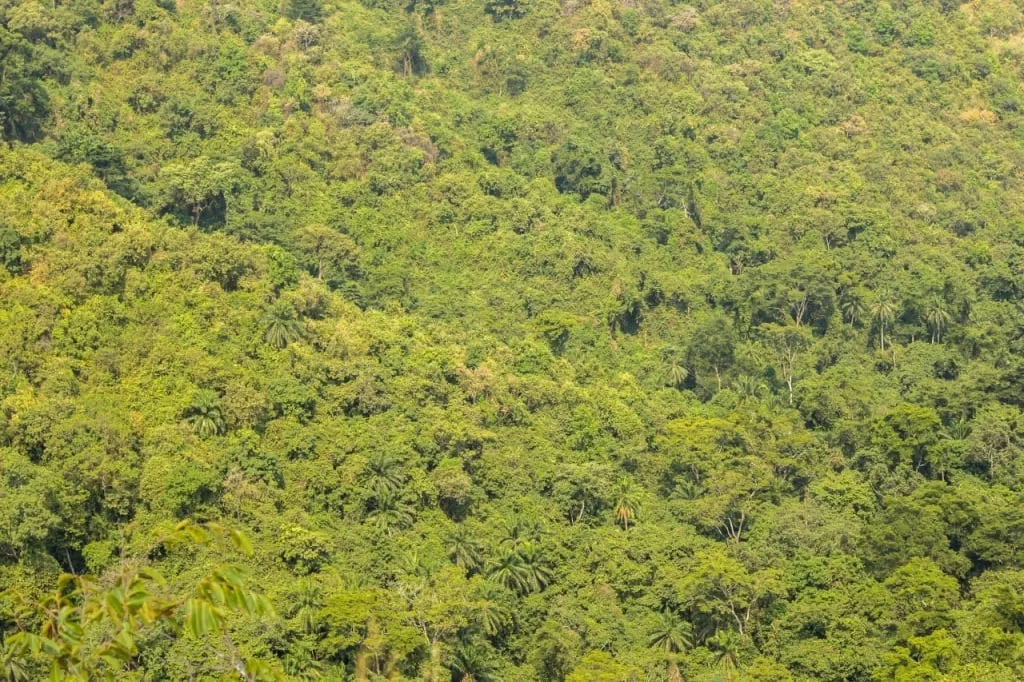

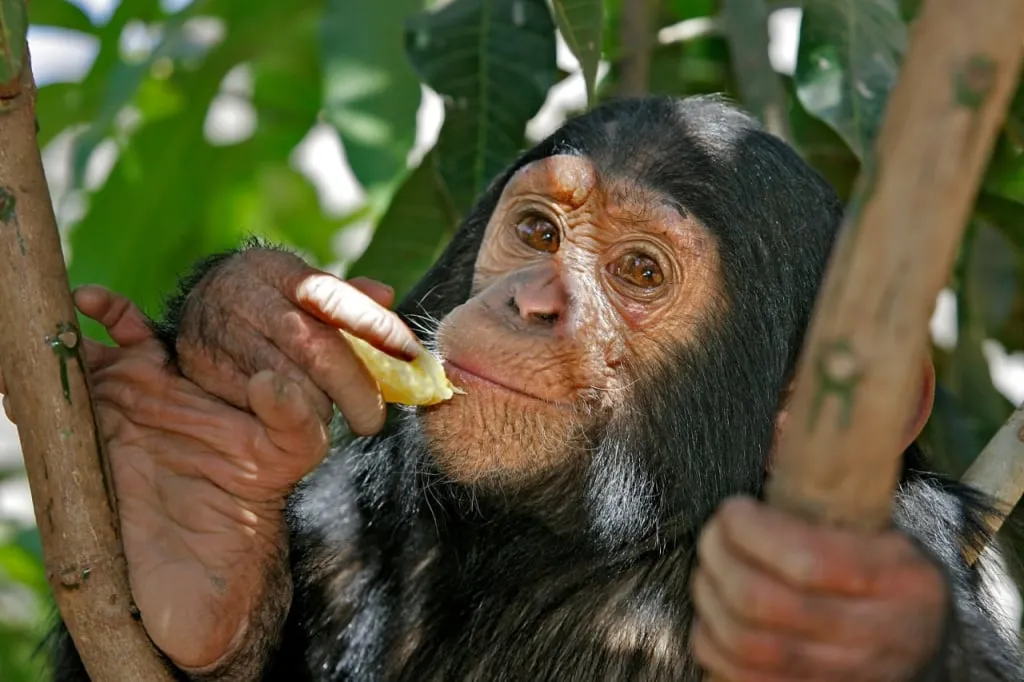
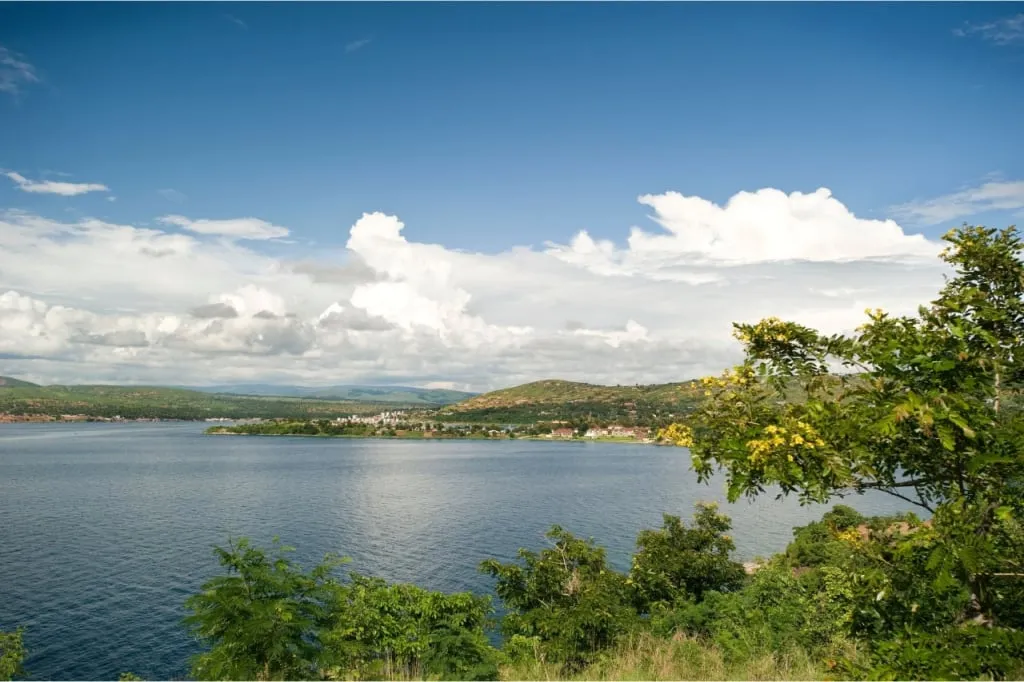




Yes. Unfortunately, it's not the best exhibition. Currently, they are building a Jane Goodall area in the Cultural Heritage Center in Arusha. If you are planning to visit Tanzania after July 2024, it might already be open.